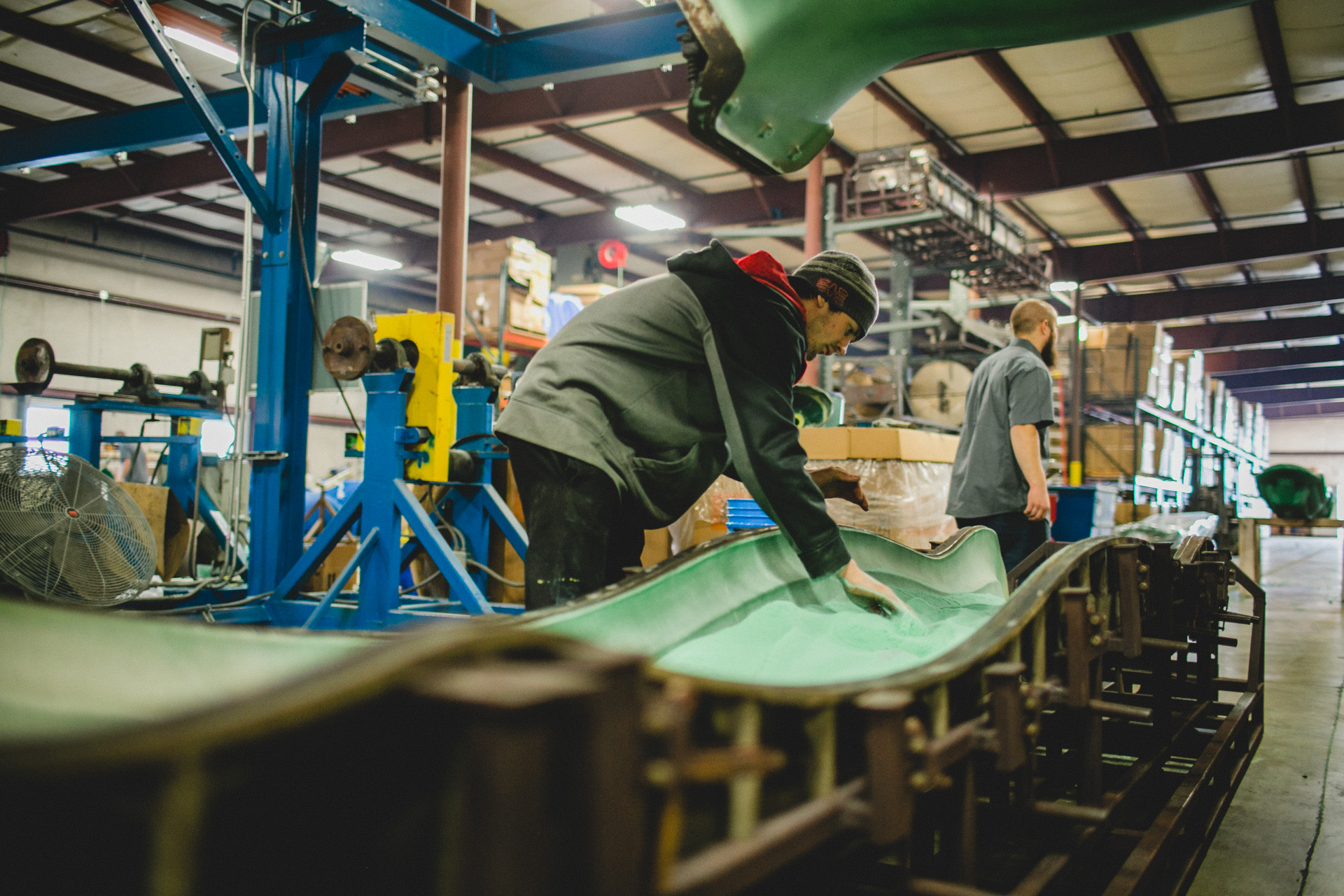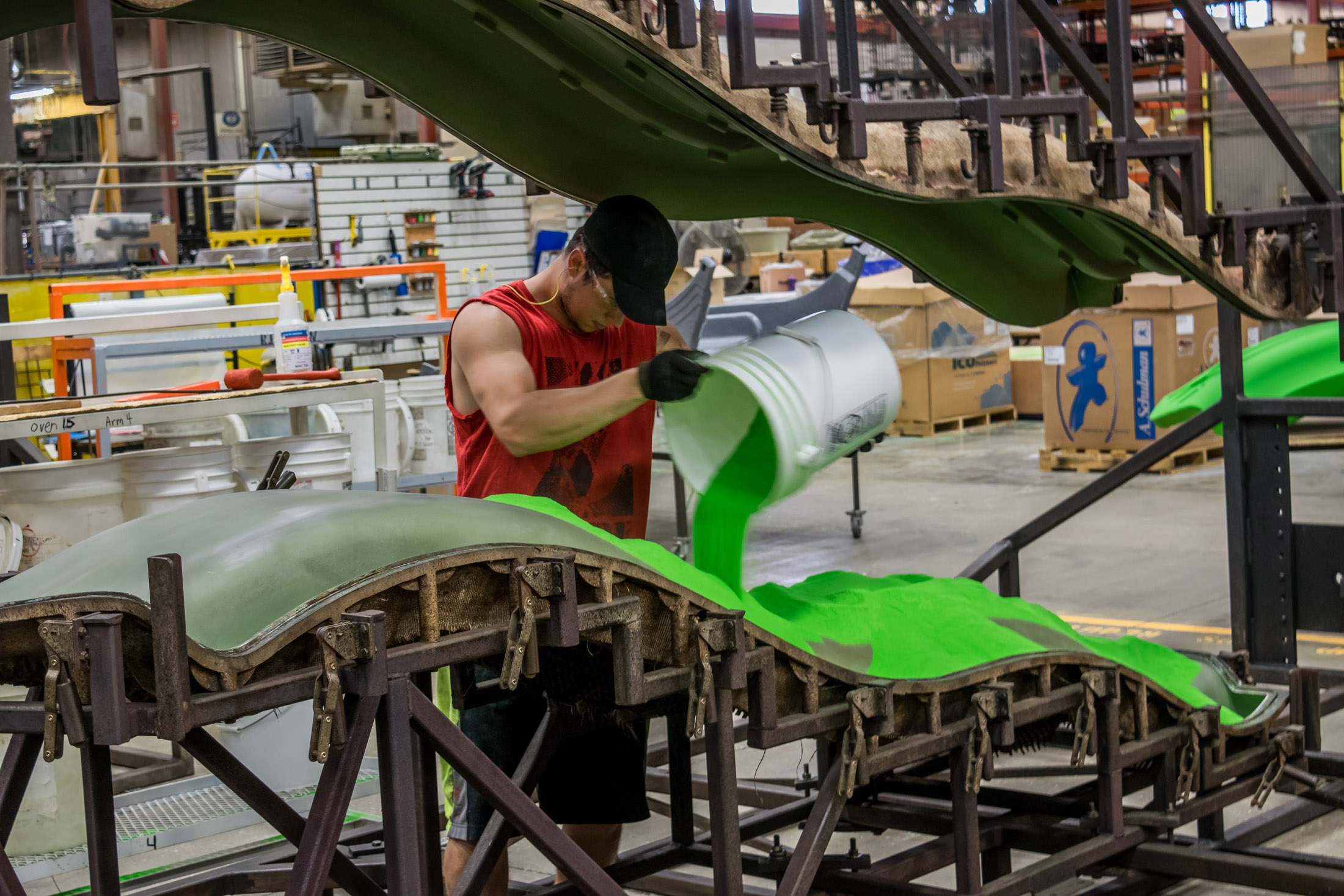A Comprehensive Guide to Rotomolding: Process and Applications
A Comprehensive Guide to Rotomolding: Process and Applications
Blog Article
Rotational molding, also called rotomolding, is really a flexible production process for creating hollow plastic-type parts. From kayaks to safe-keeping tanks, rotomolding supplies a cost-effective way of producing tough and effortless plastic items. Here's all you should find out about Plastics Rotomolding:

How Rotomolding Works:
Rotomolding commences with filling up a hollow mildew with a exact amount of powdered plastic material resin. The mold is then heated up and rotated simultaneously in multiple axes inside an cooker. Because the mold rotates, the plastic powder melts, finish the interior surface of the fungus evenly. The rotation proceeds during the cooling phase to guarantee standard syndication and solidification in the plastic material. After cooled, the portion is taken away from your mold, and also the process repeats.
Features of Rotomolding:
Style Mobility: Rotomolding enables complex forms and complex designs to get generated without making use of additional tooling. It provides design and style liberty that other functions may well not.
Uniform Wall surface Density: Unlike some other molding functions, rotomolding makes components with constant wall structure fullness, which increases structural integrity and top quality.
Expense-Efficiency: Tooling fees for rotomolding are generally decrease compared to processes like injection molding, so that it is inexpensive for both brief and long creation goes.
Tough and Smooth: Rotomolded elements are easy, making them immune to leaks and anxiety bone injuries. Also, they are highly tough and resistant to corrosion, substances, and weathering.
Selection of Resources: Rotomolding can employ a wide range of supplies such as polyethylene, polypropylene, Pvc material, plus more, making it possible for versatility in product or service features.
Software:
Rotomolding realizes software across various industries:
Automotive: Generating gas tanks, air flow channels, and car elements.
Commercial: Storing tanks, bins, containers, and material dealing with equipment.
Leisure: Kayaks, playground gear, and recreational products.
Gardening: Water tanks, gardening devices components.
Health care: Housing for health-related products, storage units.
Environment Concerns:
When plastic materials have confronted analysis for enviromentally friendly impact, rotomolding gives some eco-helpful features. It creates small materials waste materials, along with the resources applied are recyclable.

Conclusion:
Rotomolding is actually a highly versatile and price-powerful way of generating a variety of plastic-type material items. Its style overall flexibility, toughness, and relatively reduced tooling expenses make it a desired choice for several businesses searching for productive developing solutions. As technology advances and ecological concerns grow, rotomolding continues to adjust, giving environmentally friendly options for a variety of software. Report this page